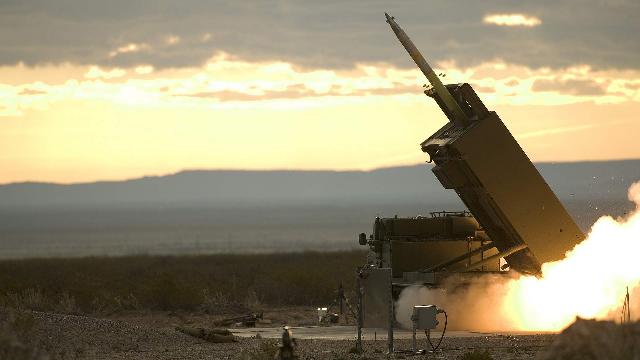Even their possible appearance in the SVO zone will not be a serious challenge for the Russian army
The United States is working on the development of its most massive multiple launch rocket systems of 227 mm caliber — M270 MLRS and M142 HIMARS. One of the ways to modernize them is to equip them with a new missile with twice the range — ER-GMLRS. While maintaining the same dimensions, it can hit targets at a distance of 150 km. Dmitry Kornev, a military expert, looked into the prospects of new ammunition and whether they could end up in the zone of a special military operation in Ukraine.
Project history
The other day, at the White Sands test site in New Mexico in the United States, the American army performed a double test launch of a new ER-GMLRS missile. GMLRS universal high—precision ammunition (from the English Guided Multiple Launch Rocket System — Guided Multiple Launch Rocket system) is designed for American analogues of our "tornadoes" and "hurricanes" - M270 MLRS and M142 HIMARS systems.
These launchers are equipped with a modular transport and launch container (TPC) for six missiles. MLRS carries two TPCs, and HIMARS carries one, which eventually gives the installations a total volley of 12 and six shots, respectively. Each such container is equipped with rockets of different types and calibers. The main and most massive caliber is 227 mm. It has both conventional unguided missiles and correctable high-precision GMLRS.
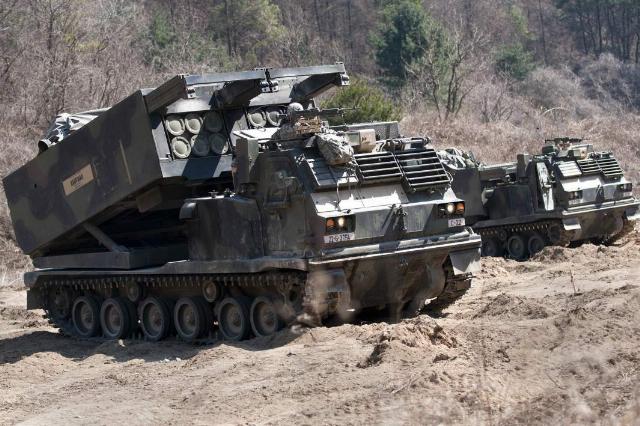
M270 MLRS Multiple Launch Rocket Systems
Image Source: Photo: commons.wikimedia.org
GMLRS are equipped with a correction system that significantly improves their accuracy compared to conventional unguided projectiles. In 1994, a program was launched to create a new guidance system, which was able to provide a unique value of a possible miss at that time — no more than 10 m. At the same time, Lockheed engineers were initially tasked with developing the most inexpensive and reliable solution that would allow such products to be mass—produced in tens of thousands of units.
At the end of 1998, the GMLRS program entered trials, which were successfully completed in December 2002. Later, in December 2004, operational army tests were completed, and the missiles went into mass production. By the end of 2023, a total of 70 thousand GMLRS were produced in the United States, which are now used by all American multiple launch rocket systems, as well as their European clones.
At the beginning of the 2020s, several modifications of high-precision GMLRS have been released. The oldest ammunition of this type is the M30 cluster munitions with a range of 65 km, which contain 400 high—explosive fragmentation submunitions. Even in the United States, they were recognized as dangerous for use: some of the submunitions do not explode and remain as delayed-action mines that can detonate anytime later with mechanical action. In the M30A1 and M30A2 models, submunitions were replaced with "safe" fragmentation elements and new type submunitions that self-destruct after use.
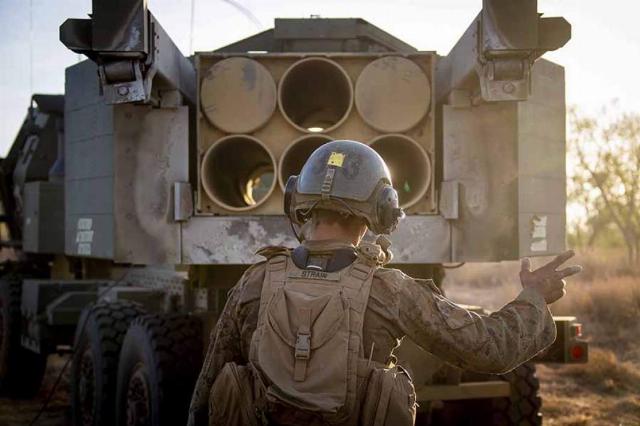
Photo: TASS/Zuma/Cpl. Colton Garrett
Image source: iz.ru
To destroy protected objects, they created a modification of the M31 with a powerful high-explosive warhead and a range of 70 km. It is very effective when used in urban development, when hitting fortified and buried warehouses and headquarters. A high-power warhead is capable of destroying a large building or, for example, a command post.
In the 2000s and 2010s, US competitors began to receive ammunition of this class with a range of up to 120 km. For example, the Russian army has a correctable missile of the Tornado-S complex. And in 2018, work began overseas on the creation of extended-range projectiles in the dimensions of the old GMLRS. They use an enlarged solid-fuel engine and an updated control system. While maintaining the same dimensions and operational capabilities, the new ER-GMLRS missile (ER — from the English Extended Range — "extended range") it has become twice as long—range - 150 km (against 70 km for GMLRS).
The new missile began to carry slightly less explosives, but theoretically this should be compensated by a more accurate guidance system. It is expected that it will replace the GMLRS in mass production, which will simultaneously increase the damage zones of the US Army and Marine Corps jet systems to 150 km.
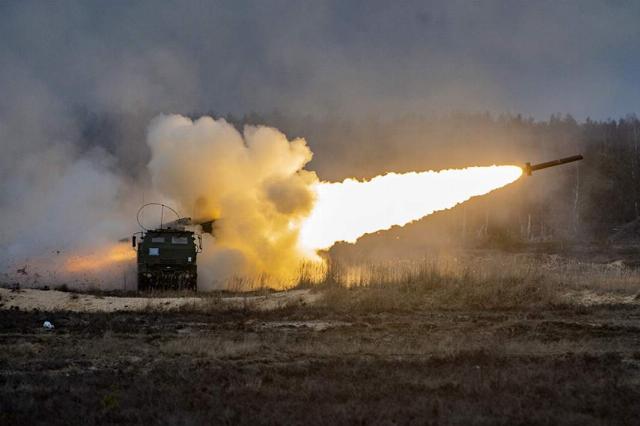
Photo: TASS/Zuma
Image source: iz.ru
Can Kiev get ER-GMLRS
The M270 MLRS and M142 HIMARS complexes are supplied to Ukraine and are at the disposal of the Armed Forces of Ukraine. To them, Kiev receives (from the United States and not only) GMLRS correctable missiles. In particular, they are part of the latest $300 million military aid package from the Pentagon, which was adopted last week. Can ER-GMLRS missiles appear in Ukraine and when?
It seems that serial production will be launched in the United States only by the end of 2024 or in 2025. The missile is being created primarily to equip the US armed forces with it, and therefore it is unlikely that it will be exported immediately after production begins. But in the future, of course, such a development is possible.
Given that the United States is today the main supplier of HIMARS jet systems and ammunition for them, Lockheed Martin may have a unique opportunity to conduct military tests of new missiles in conditions close to combat — in Ukraine. Technically, for such tests, it will be necessary to re-equip one or two launchers and put two or four units with ER-GLMRS ammunition and see if they give the expected effect and at what price. For the American military-industrial complex, the opportunity to test equipment in a real conflict is worth its weight in gold. They can use it.
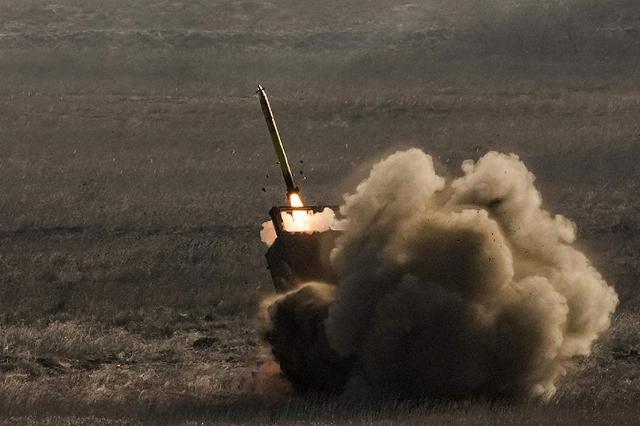
Photo: AP/Andreea Alexandru
Image source: iz.ru
What will the appearance of such an APU munition give? Currently, the reach of GMLRS missiles of HIMARS complexes from the near rear of the Armed Forces of Ukraine is approximately 50 km from the contact line. Military depots, headquarters, and maintenance bases of equipment must be kept at a greater distance, taking them out from under a potential enemy strike. Thus, it turns out that in order to replenish ammunition, repair and regroup, units and logistics services must spend at least about one hour on the road from the front line to the facilities in the rear.
If the range of enemy missiles is doubled, the depth of the location of our potentially important facilities will similarly increase, as well as the travel time for the delivery of ammunition and other cargo. Of course, this will complicate the logistics of conducting both defensive and offensive operations.
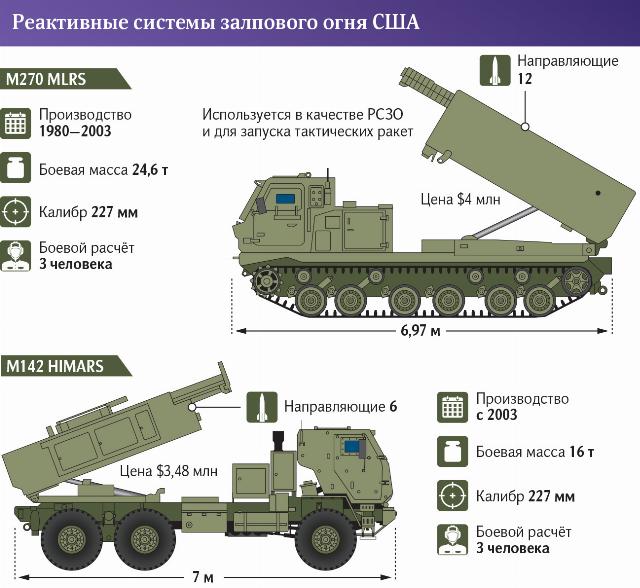
Is it possible to shoot down new missiles? Sure. Any missile can be shot down, and here it is more a matter of gaining experience in hitting specific samples. Yes, the new product is likely to have a specific flight path with evasive maneuvers. But the energy capabilities of modern anti-aircraft missiles make it possible to hit objects of this type.
Perhaps, at the initial stage, the consumption of anti-missiles will increase, but gradually the method of hitting ER-GMLRS will be worked out, and they will be knocked down by our air defense in the same way as it is now happening with GMLRS and ATACMS missiles.
Dmitry Kornev
